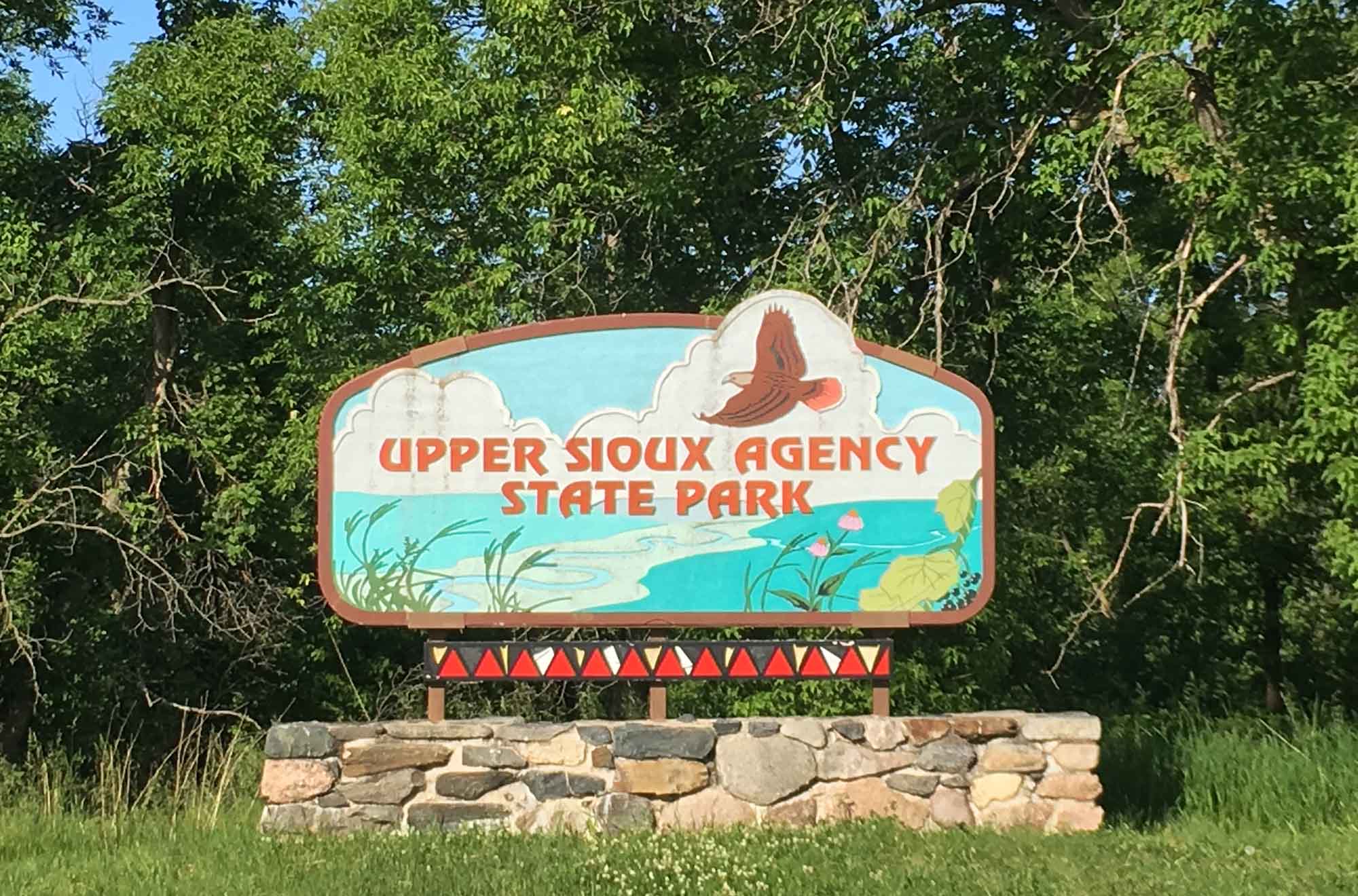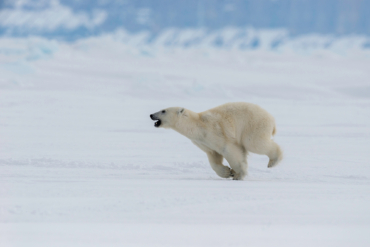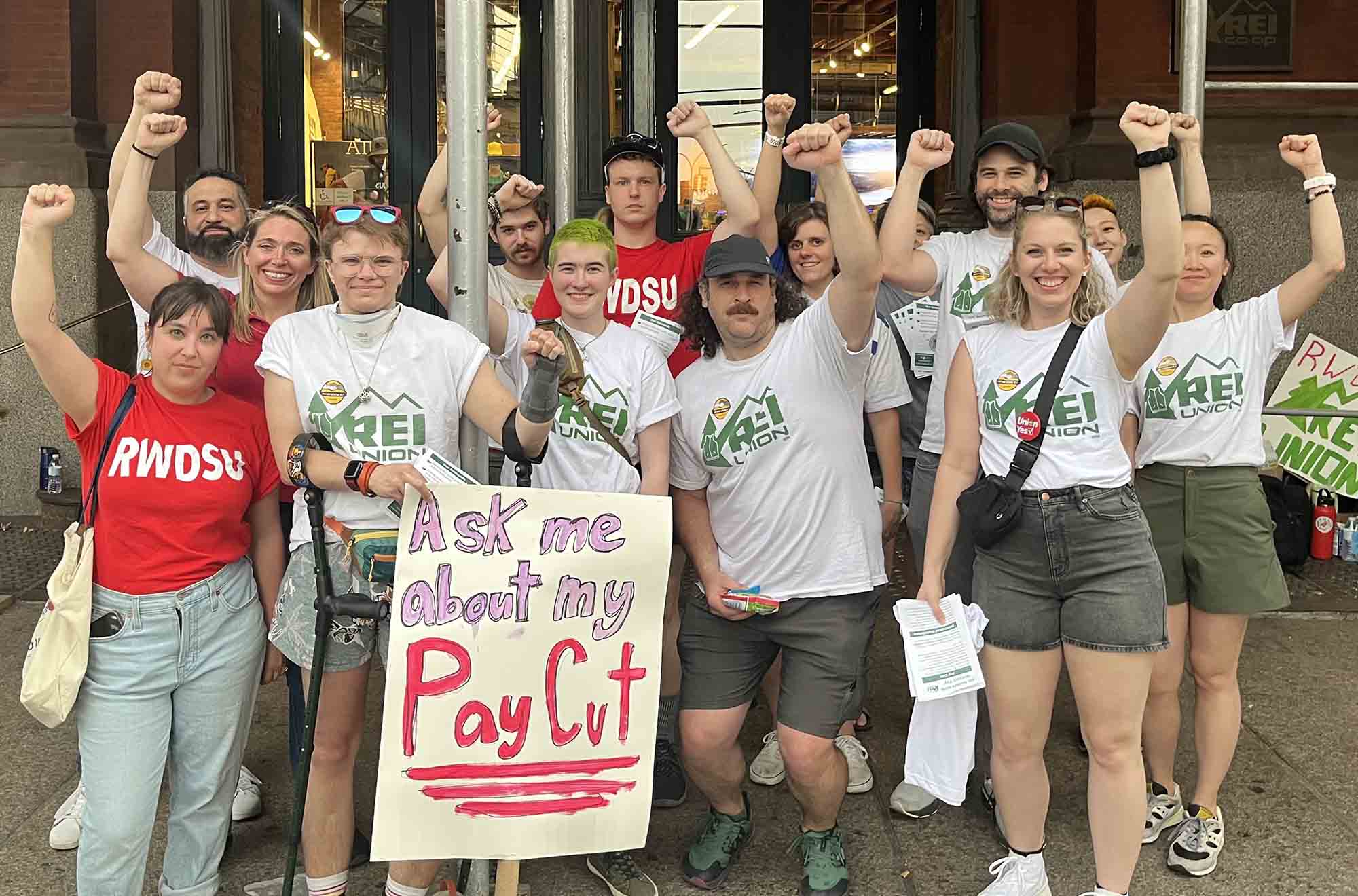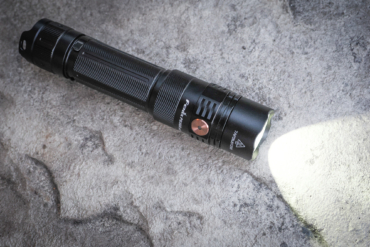At just over 2 square miles, Minnesota’s Upper Sioux Agency State Park is a small piece of land — with a lot of history. For its mostly white visitors, the park’s rolling hills and bent oak trees offer a popular spot for hiking, camping, and “just being in nature.”
For the nearby Upper Sioux Community, however, it’s a tragic reminder of the federal office that once withheld food promised by treaty, leading to “starvation and death” and fueling the U.S.-Dakota War of 1862, state officials said.
After many years requesting the land be returned to them, the Upper Sioux Community will finally get their wish. On Wednesday, January 10, Minnesota officials announced the official closure of Upper Sioux Agency State Park starting February 16, 2024. Soon after, state officials will remove the park’s signage and give the land back to the Sioux.
Kevin Jensvold, chairman of the Upper Sioux Community, has spent many years asking state and federal officials to close the park. He argued that a site where people starved should not be used for picnics, the Minnesota Star-Tribune reported. Jensvold began fighting for its closure after a Dakota elder said it was unjust to pay a state fee just to visit the graves of their ancestors.
“We’re just a small community,” Jensvold told the Associated Press in September. “We’ve accomplished something that teetered on the edge of impossible.”
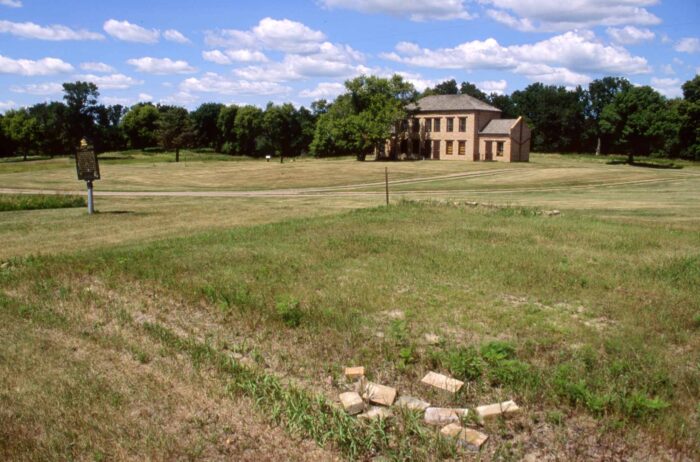
Community Aware of Park’s Troubled History
The park transfer finally got approval last year, when Democrats took control of the House, Senate, and governor’s office for the first time in a decade, according to AP.
First opened in the 1960s, the 1,300-acre park near Granite Falls, Minn., eventually developed several dozen campsites. But it was mostly used for day trips like hiking and horseback riding. It was one of the least used parks in the state, and needed costly repairs to its visitor center and roads, according to a spokesperson for the state’s parks and trails division.
That made it easy to grant the Sioux community’s request, according to state officials. On Wednesday, the department also released the results of its public comment period on the plan to return the park.
The summary report suggested that many commenters realized the importance of the site to Native history. Of the 130 comments submitted online, most of the respondents had visited the park. In total, 95% of them classified their race as white, and just 3% as American Indian.
“Some of the feedback focused on the importance of Upper Sioux Agency State Park and the Upper Sioux Agency Historic Sites for Indigenous and Minnesota history,” the report said. “Comments emphasized the need to continue to tell the important stories of this place, including the U.S. Dakota War of 1862.”
A Victory for Land Back Movement
It’s actually the second time a Minnesota state park has been transferred back to a tribal government. In 1989, Little Elbow Lake was given back to the White Earth Nation. However, the lake remains a state park but under indigenous management. The Upper Sioux Agency State Park will not remain open to visitors, instead becoming private property of the Sioux community, parks division spokesperson Sara Berhow said.
Returning the park is the latest of several victories for the growing Land Back Movement, which aims to bring more land back under the control of Indigenous tribes.
- In September, over 12 acres of land were returned to the Gabrielino Shoshone Nation in Southern California. Indigenous leaders there plan to build a community hub for ecosystem restoration.
- The same month, two parcels of Minneapolis land were transferred back to the control of the Red Lake Nation, which plans to use the area to help the homeless and treat drug addiction.
- And in a dramatic purchase in October, Northern California’s Winnemem Wintu tribe leveraged $2 million in private donations to purchase 1,080 acres of ancestral land. They’ve been trying for years to reintroduce their sacred salmon, the winter-run Chinook, to the nearby McCloud River.
Many state and national parks throughout the U.S. have seen conflict between the U.S. government and Indigenous tribes, but no National Park has ever been transferred back to the control of Native Americans. In Minnesota, decades of tensions exploded into the U.S.-Dakota War of 1862, waged between settler-colonists and a fraction of the Dakota people, according to the Minnesota Historical Society.
“The war ended on December 26, 1862, when 38 Dakota Indians were hanged in Mankato in the largest mass execution in U.S. history,” the historical society wrote. There’s now a memorial honoring the Dakota men about 110 miles from Upper Sioux Agency State Park.
The Upper Sioux Community declined to return a request for comment.
